Green Building Design for Autism Schools
Redefining Educational Environments for Autistic Learners

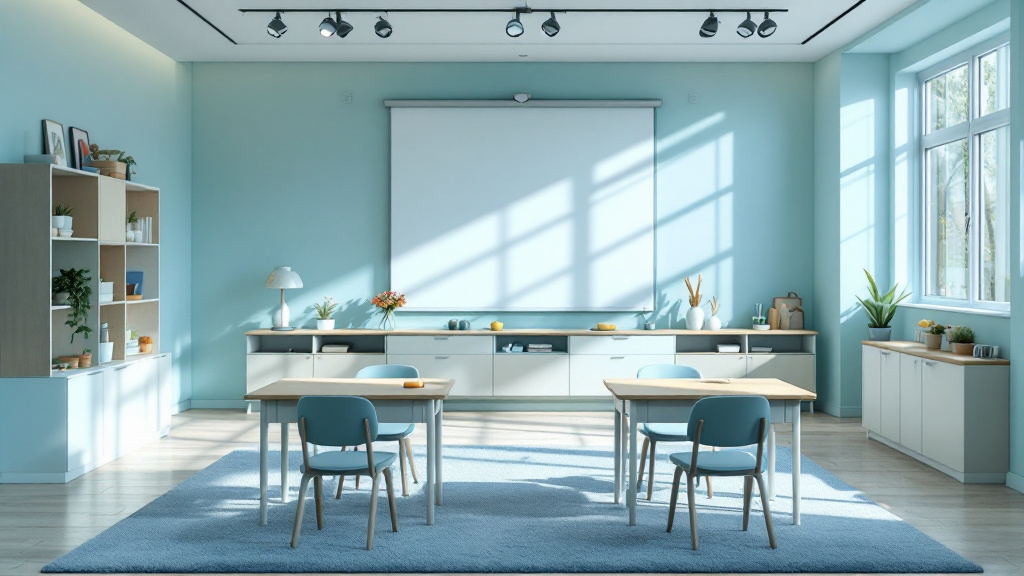
Introduction to Eco-Friendly Autism School Designs
In recent years, educational design has evolved to address the unique sensory and educational needs of students with Autism Spectrum Disorder (ASD). Green building design, integrated with biophilic and eco-friendly principles, is crucial in creating environments that promote well-being, reduce sensory overload, and enhance learning for autistic students. This article delves into innovative design strategies that foster more inclusive, sustainable, and supportive educational settings for these learners.
Principles of Biophilic and Sustainable Design for Autism Schools
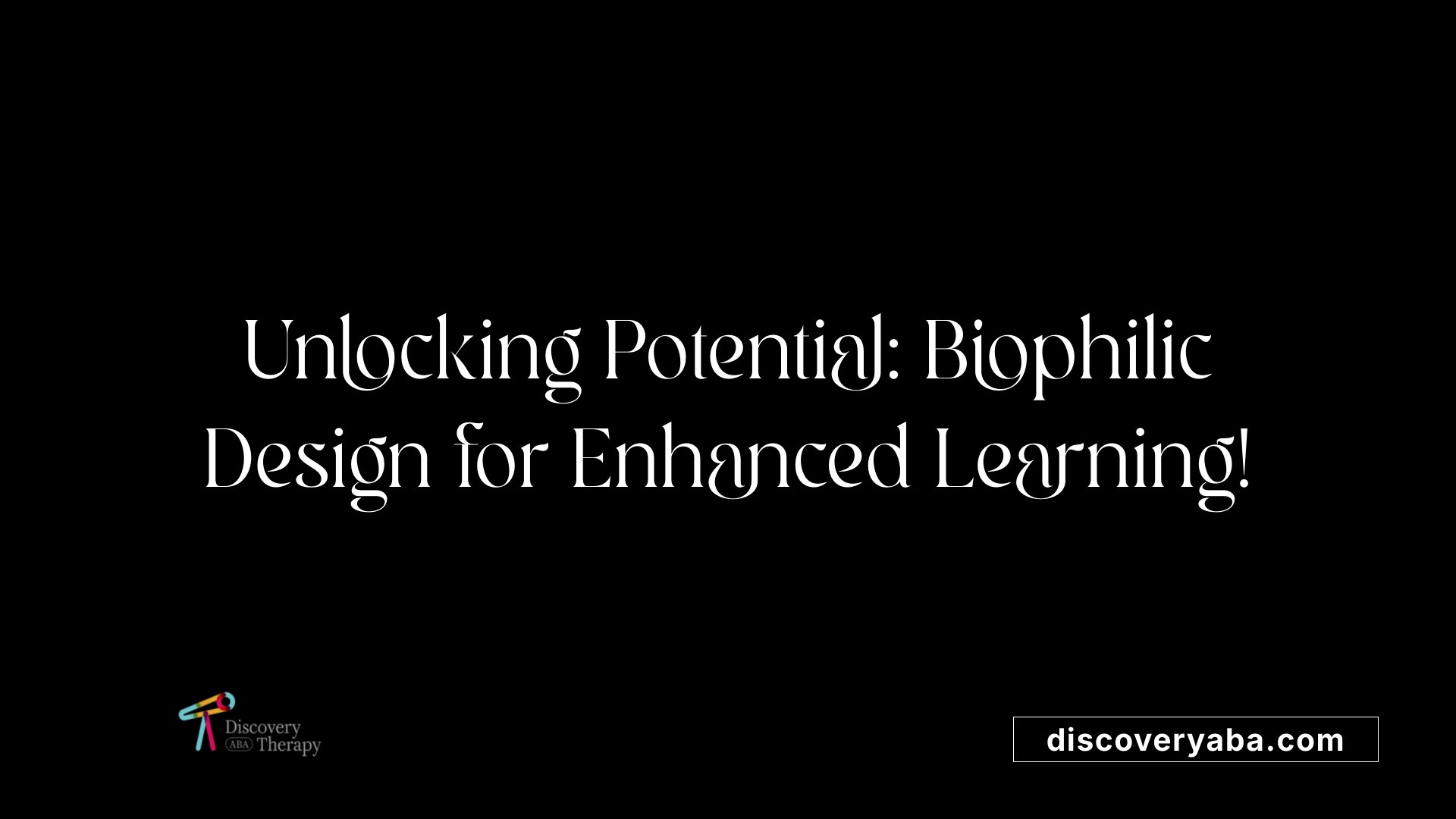
What are key components of biophilic design in autism schools?
Biophilic design plays an integral role in autism schools by incorporating various natural elements into the environment. Key components include:
- Natural Light: Maximizing exposure to daylight, which helps regulate melatonin levels and improve mood while enhancing cognitive function.
- Plants and Green Spaces: Introducing greenery and outdoor areas that provide sensory-rich environments, fostering physical activity and engagement.
- Natural Materials: Using non-toxic materials in furnishings and finishes to improve indoor air quality, avoiding sensory overload from strong odors.
- Acoustic Control: Implementing materials that minimize disruptive noise, helping to maintain a calm atmosphere conducive to learning.
How does biophilic design benefit autistic students?
Biophilic design significantly benefits autistic students in multiple ways:
- Stress Reduction: By integrating natural elements, biophilic design creates soothing surroundings that alleviate anxiety.
- Focus and Engagement: Environments with natural light and greenery improve concentration and retention, contributing to better academic performance.
- Enhanced Well-Being: Access to nature encourages outdoor activities, improving social skills and emotional health among students with autism.
- Cognitive and Emotional Support: The calming effect of natural settings aids in reducing sensory overload, facilitating smoother educational experiences and fostering independence.
| Component | Description | Benefits |
|---|---|---|
| Natural Light | Daylight illumination | Regulates mood, enhances learning |
| Green Spaces | Areas with flora and fauna | Promotes engagement, physical activity |
| Natural Materials | Non-toxic, eco-friendly finishes | Improves indoor air quality, reduces sensory input |
| Acoustic Control | Sound-absorbing materials | Minimizes noise distractions, calming atmosphere |
In conclusion, biophilic design principles are essential in crafting educational settings that consider the unique sensory needs of autistic students. Incorporating these principles yields significant long-term benefits, promoting an inclusive and supportive learning environment.
Enhancing Learning Through Natural Light and Green Spaces

How does natural light affect autistic students?
Natural light plays a crucial role in creating effective learning environments for students with autism. Exposure to daylight improves cognitive performance and mood by regulating melatonin levels, which contribute to better sleep patterns. This natural light helps reduce sensory overload, making classrooms more conducive to learning for autistic children. Schools designed with ample windows and skylights ensure that students benefit from this vital resource, providing a calming effect that enhances their overall well-being.
What benefits do green spaces provide in autism schools?
Integrating green spaces into autism schools significantly contributes to the sensory-sensitive design. These areas provide students with opportunities for outdoor activity, reducing overstimulation that typically occurs in enclosed environments. Nature-rich surroundings are known to promote physical activity, which is essential for developing social skills among autistic students.
Additionally, outdoor spaces designed with biophilic elements create calming atmospheres and encourage sensory exploration—crucial for emotional regulation. Overall, green spaces foster a supportive environment that positively impacts the social and emotional development of students on the autism spectrum.
Green Building Materials and Indoor Air Quality

Why is the use of low-VOC materials critical in autism schools?
Using low-VOC (Volatile Organic Compounds) materials is essential in autism schools for several reasons. These materials significantly reduce harmful emissions, thereby improving indoor air quality. Autistic students often experience sensory overload triggered by strong odors and chemicals, which can exacerbate anxiety and disrupt focus.
Low-VOC materials contribute to creating healthier environments conducive to learning. By minimizing unpleasant smells, these materials support a calming atmosphere that benefits students with autism, allowing them to concentrate on their educational tasks without distraction.
How does indoor air quality impact autistic students?
Indoor air quality plays a crucial role in the overall learning experience for autistic students. High indoor air quality enhances cognitive function and contributes to overall emotional well-being. Clean air reduces distractions associated with pollutants or irritants, which is particularly important for individuals with sensory sensitivities.
Studies indicate that improved indoor air quality can lead to better performance in academic settings, as students are less likely to be distracted by environmental factors. Schools focused on maintaining quality air standards are likely to foster an atmosphere that encourages engagement and supports the diverse needs of students with autism.
| Topic | Details | Benefits |
|---|---|---|
| Low-VOC Materials | Reduce harmful emissions | Minimize sensory overload from smells |
| Indoor Air Quality | Enhances cognitive function | Reduces distractions, improving focus |
Renewable Energy and Energy Efficiency Strategies

How do renewable energy sources benefit autism schools?
Renewable energy sources like solar panels play a pivotal role in autism schools by significantly enhancing the overall environment. These energy solutions not only contribute to improved air quality but also reduce background noise levels. This aspect is particularly beneficial for students who are hypersensitive to environmental changes, allowing them to focus better without the distractions often found in traditional classroom settings. Cleaner energy sources provide a healthier atmosphere, which is critical for those with sensory sensitivities, promoting their well-being and enhancing their learning capacity.
What are examples of energy efficiency strategies in autism schools?
Efficient energy practices are essential for creating supportive learning environments in autism schools. The integration of energy-efficient lighting, such as LED bulbs, reduces electricity consumption while offering softer light, which is less intrusive for sensitive students. Additionally, modern HVAC systems that maintain comfortable temperatures and ensure proper ventilation are vital for enhancing indoor comfort levels. Together, these strategies contribute to better indoor air quality and foster an inviting atmosphere conducive to learning, making educational experiences more productive and enjoyable for students with autism.
Sensory-Friendly Classrooms: Enhancing the Learning Environment

What are the key features of sensory-friendly classrooms for autistic students?
Sensory-friendly classrooms are specially designed to accommodate the unique needs of autistic students. Key features include:
- Flexible Seating Options: Allowing students to choose where they sit helps them feel comfortable and in control.
- Visual Organization: Clear signage and organization arrangements reduce confusion, assisting students in navigating their space easily.
- Quiet Zones: Designated areas where students can retreat when overwhelmed promote emotional regulation.
- Soft Color Schemes: Utilizing calming colors helps minimize visual overstimulation, creating a more serene environment.
How do sensory-friendly designs influence autistic students' learning?
These thoughtful design elements directly impact learning by:
- Reducing Sensory Overload: A well-designed classroom minimizes distractions, allowing autistic students to focus better on their tasks.
- Facilitating Engagement: Comfortable settings encourage participation and interaction, helping to foster social skills.
- Promoting Comfort: By addressing sensory sensitivities, students are more likely to feel at ease, which enhances their overall learning experience.
Incorporating these features not only creates a supportive learning atmosphere but also boosts academic performance, ensuring that all students thrive in their educational journey.
Universal Design for Learning: A Flexible Approach
What is Universal Design for Learning and how is it applied in autism schools?
Universal Design for Learning (UDL) is an educational framework that focuses on creating adaptable teaching environments. In autism schools, UDL principles are applied to ensure that the diverse learning needs of students, especially those with Autism Spectrum Disorder (ASD), are effectively addressed. This approach encourages flexibility in teaching methods, allowing educators to modify their strategies to meet individual requirements.
Why is UDL important for autistic learners?
For autistic learners, UDL is crucial as it enhances engagement and comprehension by accommodating varying learning styles. Through this method, educators can offer multiple means of representation, action, and engagement. This could include visual aids, hands-on activities, and alternative assessment methods. By providing a range of ways for learning, UDL allows each student to thrive, reducing barriers associated with traditional teaching models.
This bespoke approach fosters an inclusive atmosphere that empowers autistic students to participate actively in their education, promoting not only academic success but also social and emotional growth. Through UDL principles, autism schools can better support students' unique capabilities while cultivating a positive learning environment.
| Key Features of UDL | Benefits for Autistic Students | Examples of Implementation |
|---|---|---|
| Flexible teaching methods | Tailored support for diverse learning styles | Interactive lesson plans with visual aids |
| Multiple means of representation | Enhanced understanding of complex concepts | Use of technology to assist learning |
| Engagement strategies | Increased motivation and social interaction | Group activities that accommodate various needs |
In summary, the application of UDL principles in autism schools is essential for fostering an educational environment that respects and adapts to the unique capabilities of each student.
The Role of Technology in Eco-Friendly Autism Schools
How does smart technology contribute to eco-friendly autism schools?
Smart technology plays a significant role in creating inclusive, supportive environments for students with autism. By regulating aspects such as lighting, temperature, and air quality, these systems help optimize learning environments. For instance, smart lighting can provide soft, natural illumination that minimizes discomfort from harsh fluorescent lights, catering specifically to students' sensitivities. Similarly, smart thermostats ensure a consistently comfortable atmosphere health-wise, which is crucial for maintaining focus and reducing anxiety during lessons.
Another important aspect of smart technology is its ability to improve indoor air quality. Systems can adapt ventilation based on occupancy and air quality measurements, ensuring that clean, fresh air is continuously circulated. This is vital for students with heightened sensitivities to pollutants, who may experience exacerbated symptoms in poorer indoor conditions.
What role does assistive technology play in autism schools?
Assistive technology is essential in autism schools, as it provides tools that cater to diverse learning and communication needs. Devices like communication aids and interactive whiteboards foster engagement among students, making lessons more accessible and interactive. These technologies not only support individual learning styles but also enhance collaboration in a classroom setting, allowing students to express themselves effectively.
Additionally, the use of assistive technology can help reduce anxiety by offering familiar, predictable tools for learning, making students feel more at ease. For example, visual supports like pictograms can aid in understanding and navigating tasks, providing clarity in the learning process.
In summary, the incorporation of smart and assistive technologies in eco-friendly autism schools fosters environments that promote well-being, comfort, and effective communication, addressing the unique challenges faced by students with autism.
Integrating Outdoor Learning with Biophilic Elements
Designing Outdoor Spaces for Autistic Students
Outdoor learning environments are essential in fostering engagement and reducing barriers for autistic students. By incorporating natural elements, these spaces offer sensory-rich experiences that enhance academic achievement and support social-emotional growth. Natural surroundings allow for physical activity, which is beneficial for developing mobility and social skills. Moreover, activities conducted outside can help decrease feelings of anxiety and overstimulation often experienced in traditional classrooms.
How Do Outdoor Learning Spaces Benefit Autistic Students?
Outdoor settings not only provide opportunities for physical movement but also create a calming atmosphere that promotes exploration. Research shows that outdoor learning can improve focus and provide sensory breaks necessary for maintaining attention during lessons. This approach has been linked to enhancing students' overall well-being, ensuring they remain engaged and enthusiastic about their education.
How Are Biophilic Principles Utilized in Outdoor Areas for Autism Schools?
Biophilic design principles play a significant role in shaping outdoor learning spaces for autism schools. By integrating elements such as sensory gardens and natural play areas, schools can promote relaxation and provide engaging environments. These spaces often feature plants, water elements, and varied textures, all vital for creating calming outdoor classes. Furthermore, incorporating pathways and open areas designed for sensory exploration can significantly reduce sensory overload, helping students cultivate social skills in a less stressful setting.
| Element | Benefit | Application in School |
|---|---|---|
| Sensory Gardens | Encourage exploration and interaction | Areas dedicated to planting and sensory activities |
| Natural Play Areas | Promote physical activity and social skills | Play spaces designed with natural materials |
| Calming Pathways | Provide a retreat and reduce anxiety | Walkways lined with plants for quiet reflection |
| Interactive Nature Elements | Engage students’ senses and reduce sensory overload | Incorporating features like water sounds and textures in play areas |
By thoughtfully designing outdoor areas based on biophilic principles, schools can create spaces that are not only visually appealing but also conducive to learning, allowing autistic students to thrive both academically and socially.
Addressing Acoustic and Lighting Needs for Sensory Comfort
Why are acoustic treatments essential in autism schools?
Acoustic treatments play a vital role in creating conducive learning environments for students with autism. These treatments focus on minimizing noise and reverberation, which can be overwhelming for individuals with sensory sensitivities. By utilizing sound-absorbing materials in flooring and wall design, schools can significantly reduce disruptive noise levels. This creates a calmer atmosphere, allowing students to focus better and engage more fully in the learning process.
What lighting strategies are used to benefit autistic students?
Lighting strategies are equally important in supporting sensory comfort. Direct, harsh fluorescents can be intensely overstimulating. Instead, schools implement soft, indirect lighting—such as dimmable LED fixtures—that creates a soothing ambiance. This lighting approach not only reduces sensory stress but also enhances the overall mood and cognitive performance of students. Incorporating ample natural light through large windows or skylights further contributes to a calming environment, supporting both emotional well-being and academic achievement for students with autism.
Key Features in Acoustic and Lighting Design
| Design Element | Purpose | Benefits |
|---|---|---|
| Acoustic treatments | Minimize noise and reverberation | Create a calmer, focused learning space |
| Soft, indirect lighting | Reduce sensory stress | Enhance mood and cognitive function |
| Natural lighting | Improve well-being and reduce anxiety | Increase engagement and academic success |
The thoughtful integration of these elements helps foster an educational space where autistic students can thrive.
Green Schools: Economic and Educational Benefits
What are the economic advantages of green schools?
Green schools are designed with sustainability practices in mind, leading to significant economic benefits. By incorporating energy-efficient systems and using renewable energy sources such as solar panels, these institutions experience reduced utility costs. Furthermore, the use of low-maintenance, eco-friendly materials leads to decreased maintenance expenses over time.
The resulting savings can redirect funds towards essential educational services, allowing schools to invest more in student support, innovative teaching methods, and extracurricular activities that enhance learning experiences.
How do sustainable schools improve educational outcomes?
Sustainable schools create environments that boost both physical health and academic performance. Improved indoor air quality and natural lighting are critical features of green buildings that directly influence students' cognitive functions and overall engagement.
Students attending these schools typically demonstrate better attendance records, as healthier learning conditions reduce illness and distractions. Many studies indicate that improved environments can lead to increased test scores and a more positive school atmosphere, enhancing not only individual learning outcomes but also overall institutional success.
Collaboration in Autism School Design
Why is collaboration crucial in the design of autism schools?
Collaboration is vital in designing autism schools as it ensures that the unique sensory and educational needs of autistic individuals are met effectively. By involving autistic students, their families, and educators in the design process, environments are tailored to provide maximum support and comfort. This collaborative approach helps identify specific sensory challenges and preferences, leading to design elements that can significantly enhance learning experiences.
What role do parents play in designing autism-friendly spaces?
Parents play a critical role in the design of autism-friendly spaces by offering valuable insights about their child's individual needs and preferences. Their firsthand experiences enable design teams to create practical and nurturing environments that resonate with students’ requirements. By understanding what specific features benefit their children, such as quiet zones or sensory areas, parents help shape an inclusive atmosphere that fosters learning, relaxation, and growth.
Table: Key Elements of Collaboration in Autism School Design
| Element | Description | Benefits |
|---|---|---|
| Inclusion of autistic individuals | Engaging students in the planning process | Ensures environments cater to actual needs |
| Parental involvement | Gathering insights from parents about their children | Creates practical, nurturing spaces |
| Team approach | Collaboration among architects, educators, and therapists | Facilitates multi-faceted, comprehensive design solutions |
Conclusion and Future of Green Design in Autism Education
What are the benefits of green building principles in autism schools?
Green building principles play a critical role in creating supportive environments for students with autism spectrum disorder (ASD). By incorporating elements of biophilic design, such as daylight exposure and natural materials, schools can significantly reduce sensory overload. Research indicates that these design features not only enhance mood and cognitive functions but also promote better sleep patterns, crucial for autistic children who struggle with melatonin regulation.
Natural light, for instance, fosters better academic performance and improves overall emotional well-being. High indoor air quality achieved through low-VOC materials and effective ventilation directly benefits sensitive students, enhancing focus and reducing distractions. Moreover, green design extends beyond physical comfort; it cultivates emotional safety by integrating flexible seating arrangements, designated quiet zones, and calming color schemes, ensuring every learner’s sensory needs are met.
How can future advances in green design enhance educational experiences?
Looking ahead, the integration of innovative technologies into green building practices promises to revolutionize autism education. For example, smart building systems can adapt lighting and temperature in real-time, further accommodating the sensory preferences of students. Advanced materials and construction techniques, focusing on acoustics and air purification, can create learning environments specifically tailored to reduce anxiety and enhance engagement.
Furthermore, ongoing collaboration with occupational therapists and autism advocates will crucially guide the development of these environments. As schools increasingly feature interactive learning components and outdoor sensory gardens, we can expect dramatic improvements in social skills and educational outcomes.
Ultimately, the commitment to sustainable practices not only addresses the unique needs of students with autism but also promotes a greater sense of environmental responsibility among all students. Balancing educational innovation alongside the well-being of neurodiverse learners is essential in paving the way for a more inclusive future.
Conclusion: Towards a Sustainable and Inclusive Educational Future
Incorporating green building design principles in autism schools not only aligns with eco-friendly practices but also addresses the distinct sensory and educational requirements of students with ASD. By embracing biophilic elements, flexible and adaptable educational strategies, and cutting-edge technologies, these institutions can significantly improve the well-being and academic achievements of autistic learners. As awareness and understanding of these principles grow, the future of autism education shines bright with the promise of more inclusive, sustainable, and supportive learning environments.
References
- Green building design for autism schools - Cross River Therapy
- Eco-Friendly Design in Autism Schools - B Above Services
- Green Building Design for Autism Schools - My Team ABA
- Eco-Friendly Design in Autism Schools - At-Home ABA Therapy For ...
- Biophilic design can be soothing in educational buildings - Autism Eye
- Building Green Sustainable Schools: From Vision to Reality
- Inclusive Design for Outdoor Spaces - Green Schoolyards America
Find More Articles

The Benefits of a Structured ABA Therapy Program

Creating Eco-Friendly Spaces for Autism

The Benefits of Parent-Implemented ABA Therapy Strategies
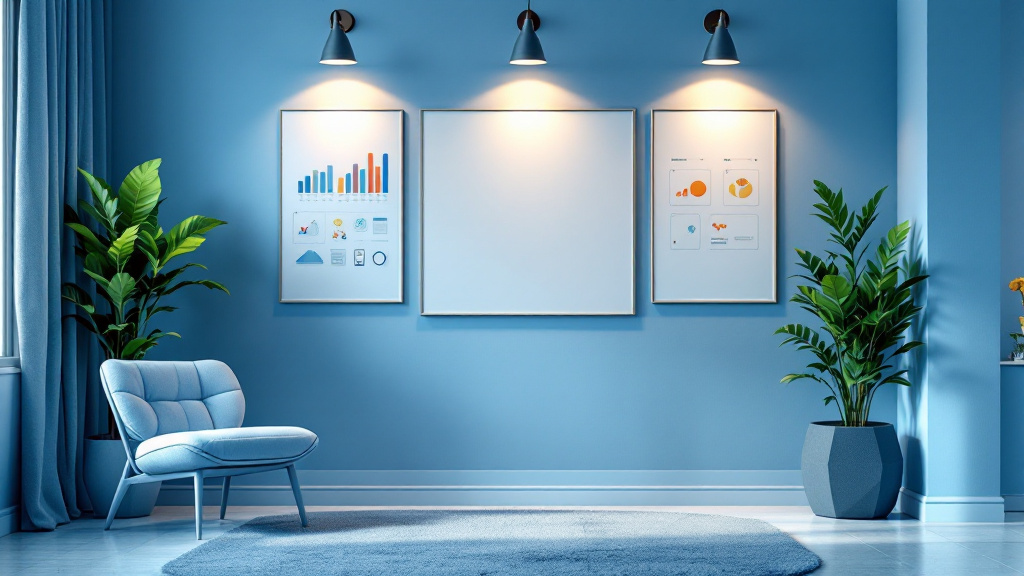
The Importance of Reinforcement Schedules in ABA Therapy
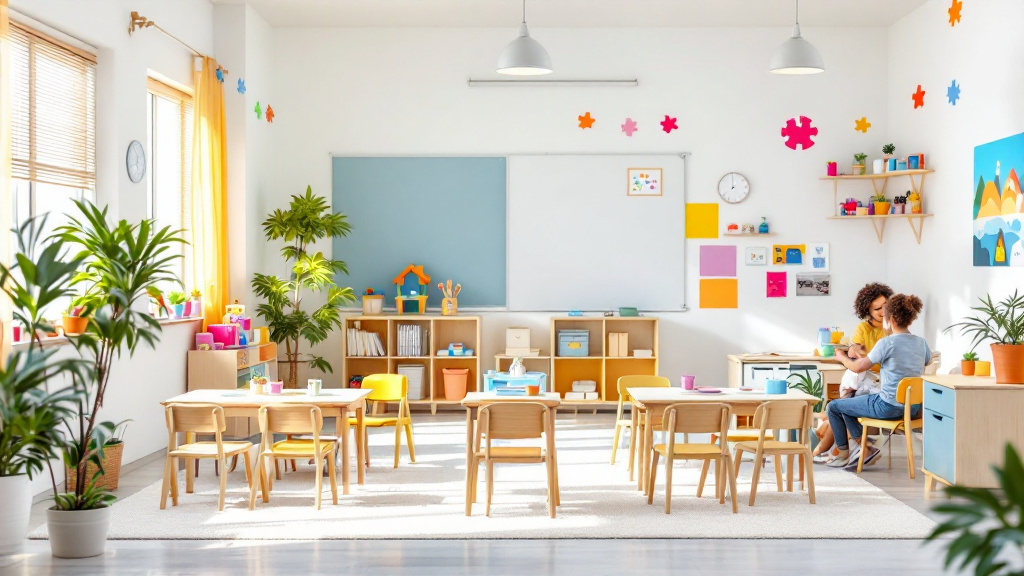
How to Support a Child with Autism in Group Learning Environments

The Connection Between ABA and Emotional Regulation
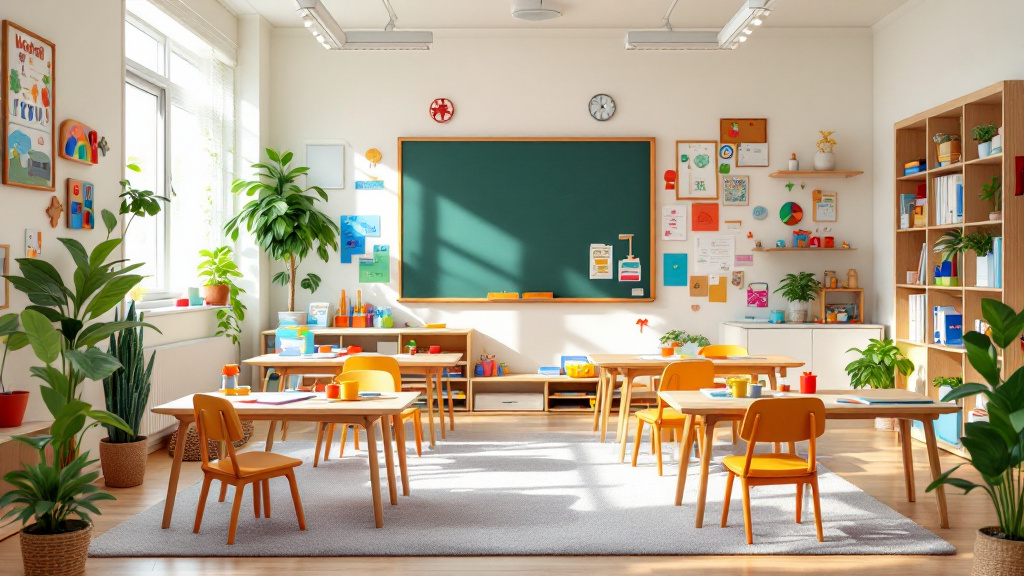
How ABA Therapy Helps Reduce Repetitive and Rigid Behaviors

Energy-Efficient Autism Community Resources

How to Use ABA Therapy to Reduce Excessive Repetitive Behaviors

The Role of Play in ABA Therapy

The Benefits of Combining ABA Therapy with Other Support Services

How ABA Therapy Helps Develop Self-Confidence in Children with Autism
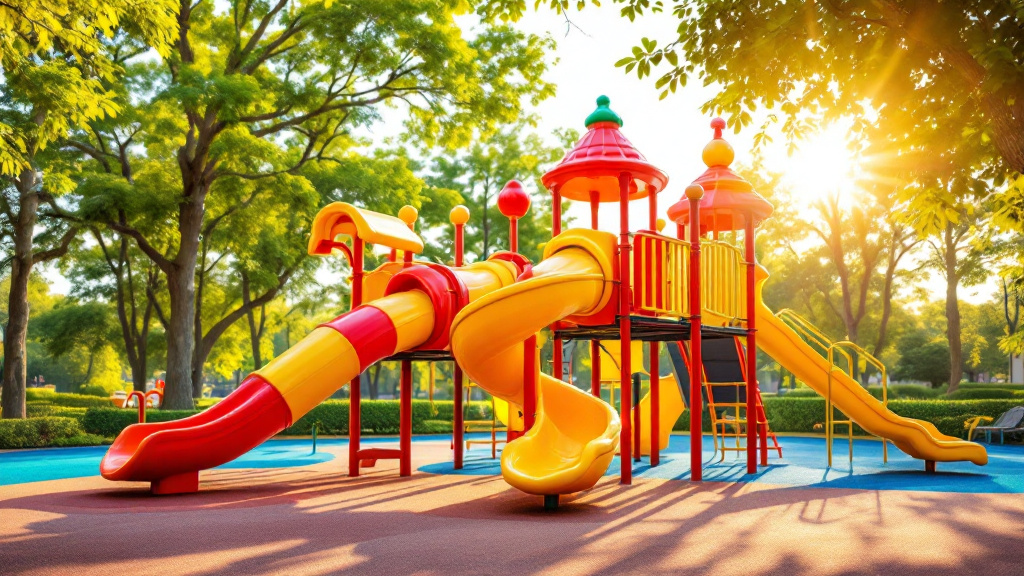
The Role of Play-Based ABA Therapy in Early Childhood Development
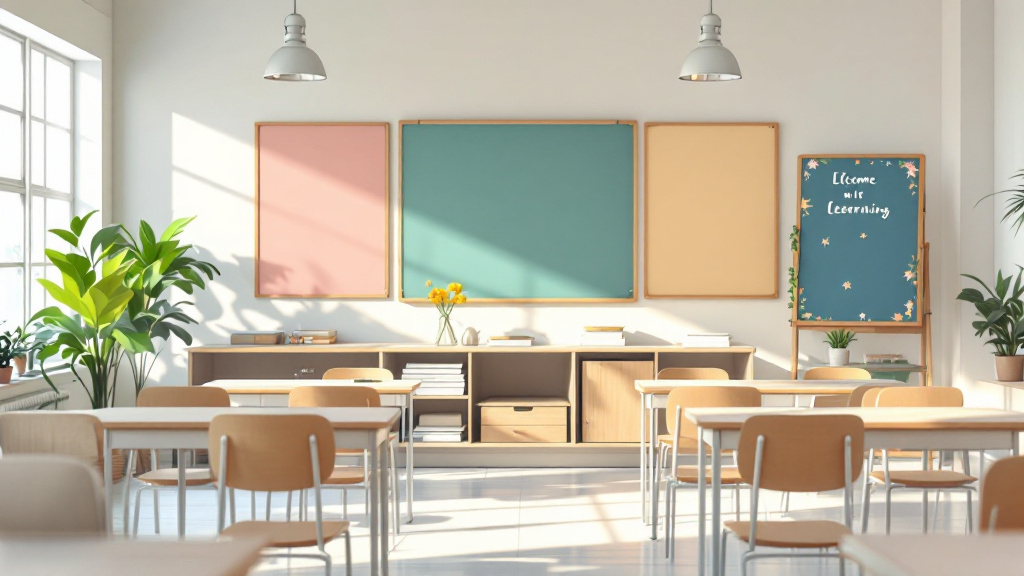
The Role of Goal-Oriented Sessions in ABA Therapy
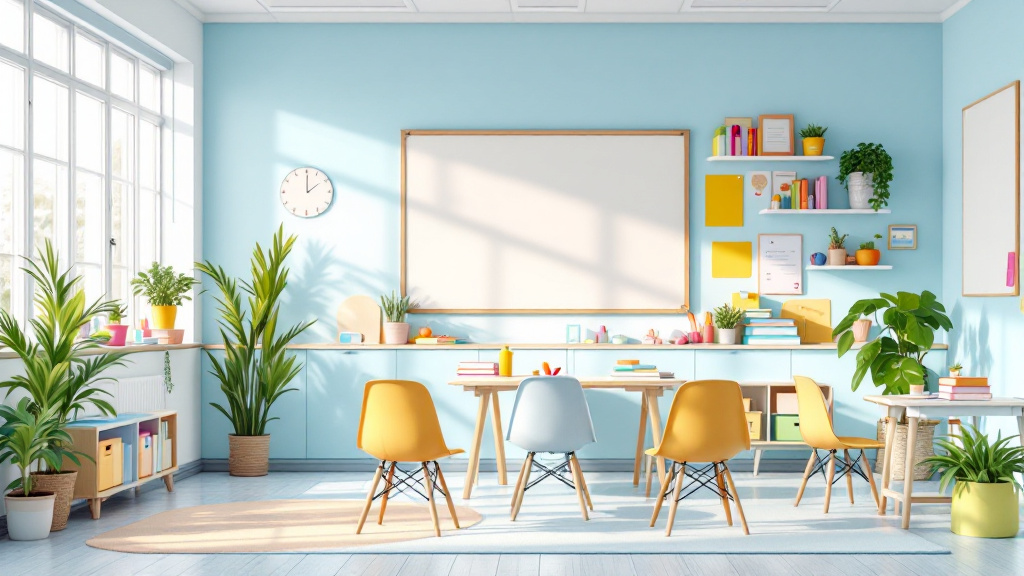
How ABA Therapy Works: A Step-by-Step Guide

The Role of Self-Management Strategies in ABA Therapy

How ABA Therapy Supports Emotional Expression in Children
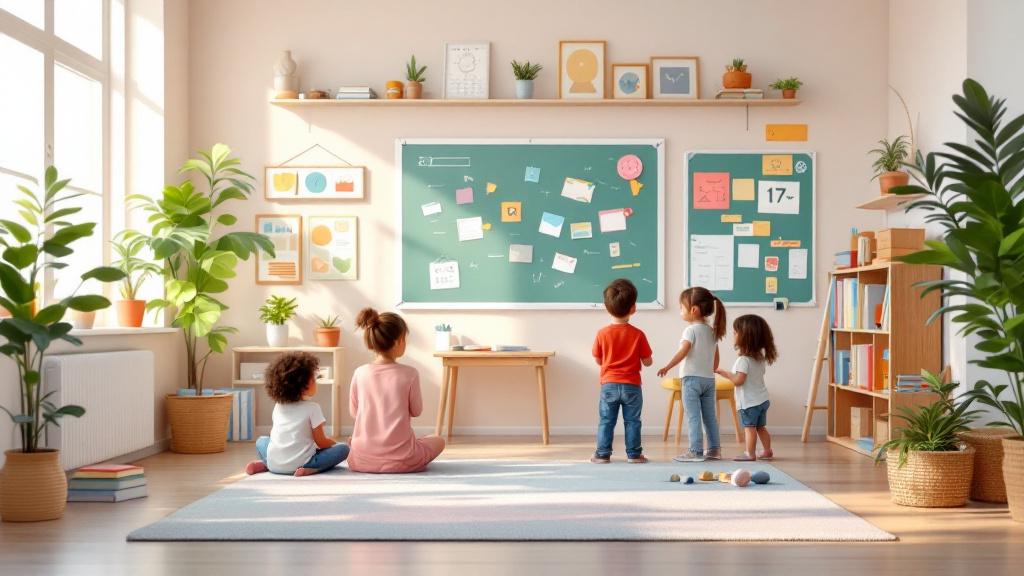
The Role of Parent Training in ABA Programs
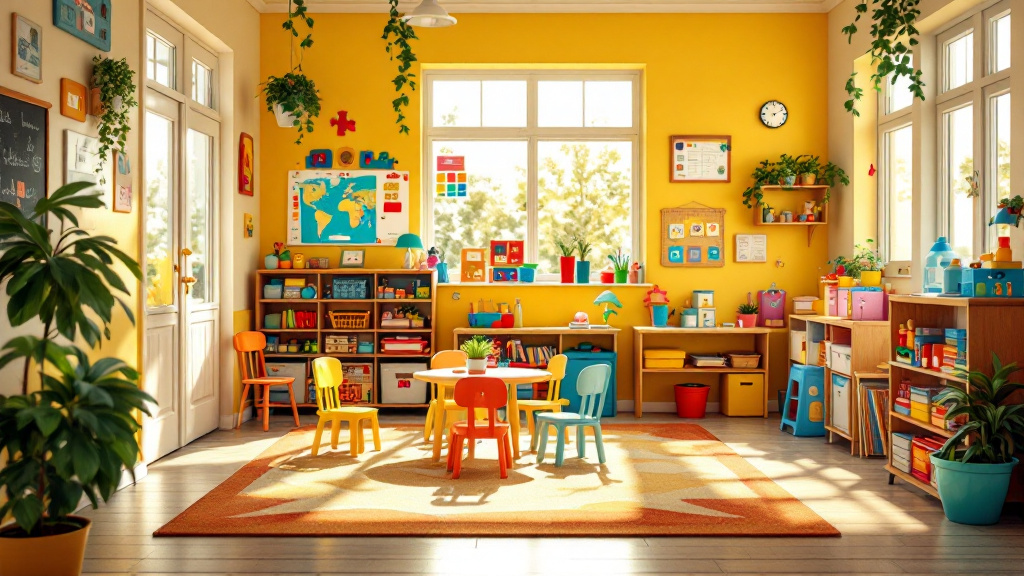
How ABA Therapy Supports Positive Transitions Between Activities

How to Reinforce ABA Learning in Community Settings
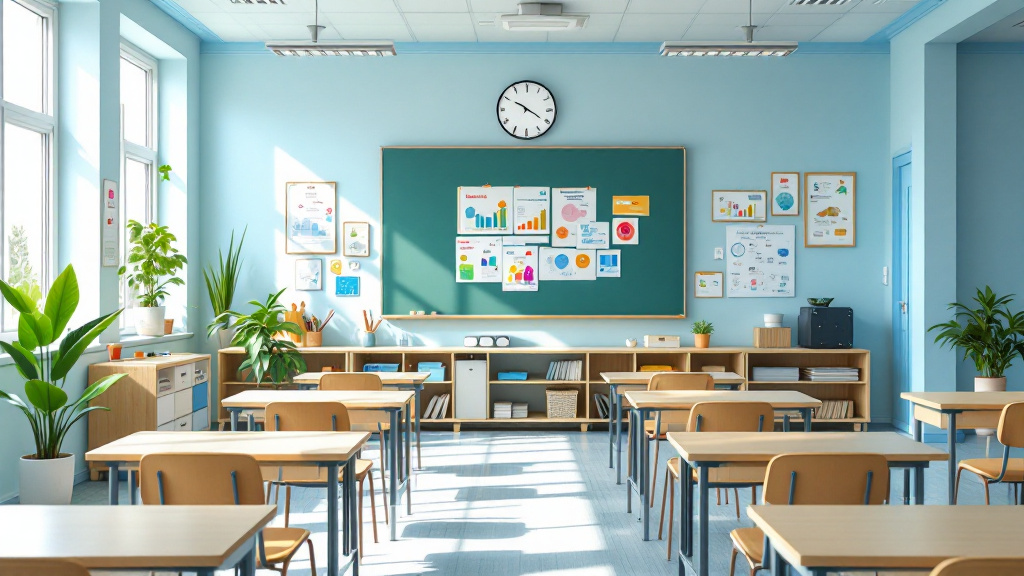
The Role of Functional Behavior Assessments in Preventing Problem Behaviors
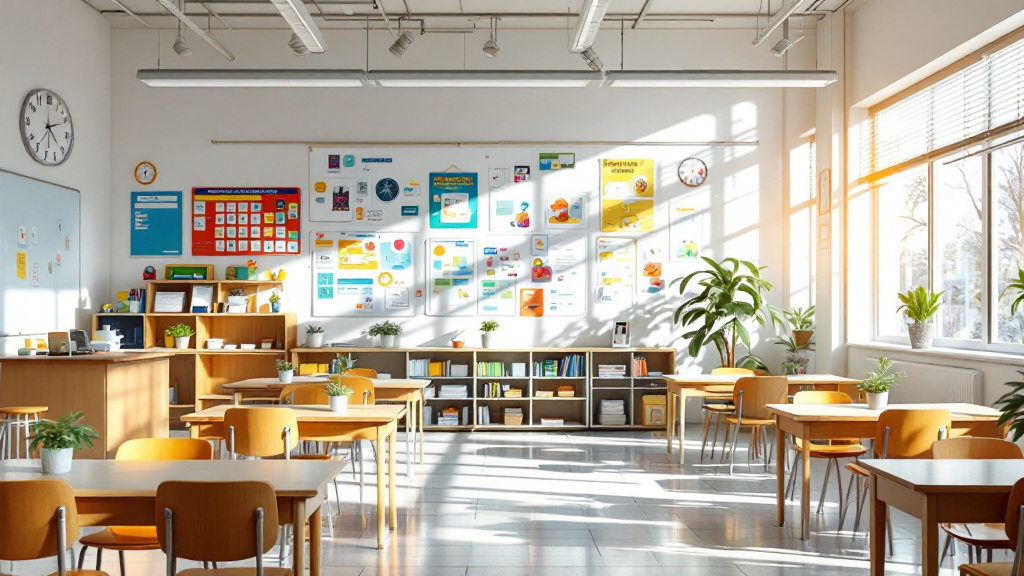
How School-Based ABA Therapy Supports Classroom Success

How to Choose Between At-Home and Center-Based ABA Therapy

How ABA Therapy Helps Develop Conflict Resolution Skills
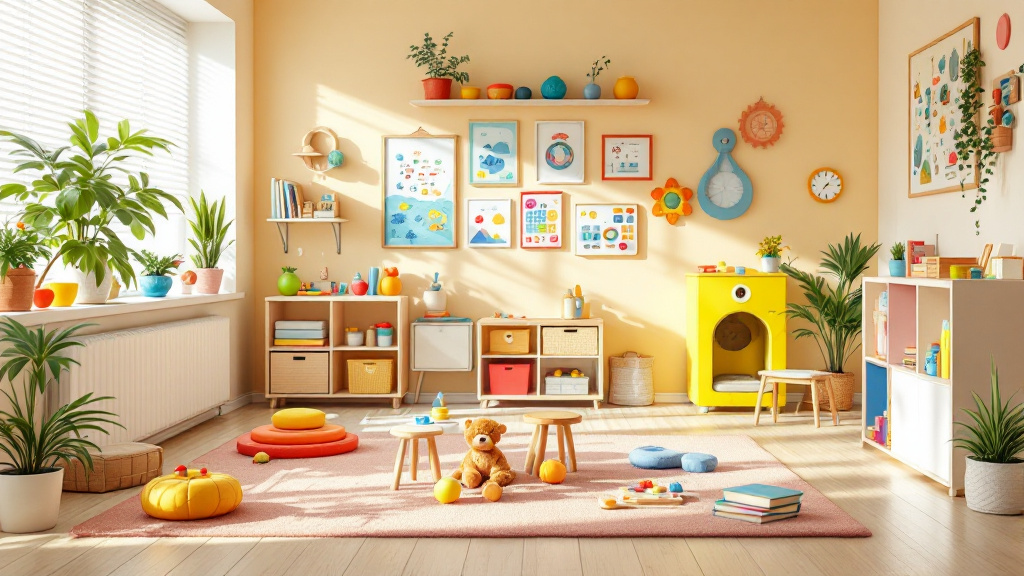
How to Identify the Best ABA Provider for Your Child
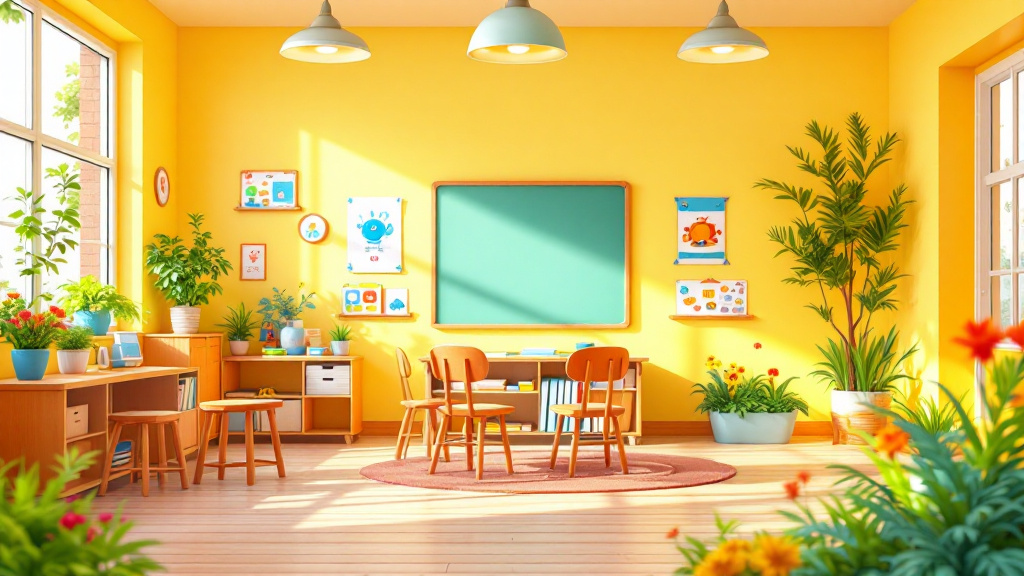
How to Use Token Economies in ABA Therapy

The Role of Peer Modeling in ABA Therapy Success

The Benefits of Naturalistic Teaching Approaches in ABA Therapy
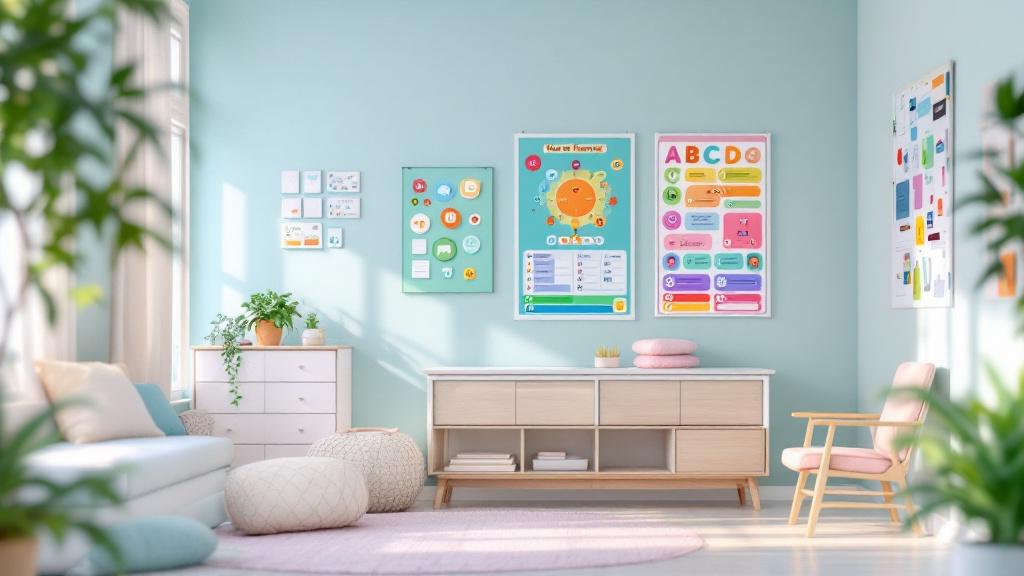
What Is the ABCs of Behavior in ABA Therapy?
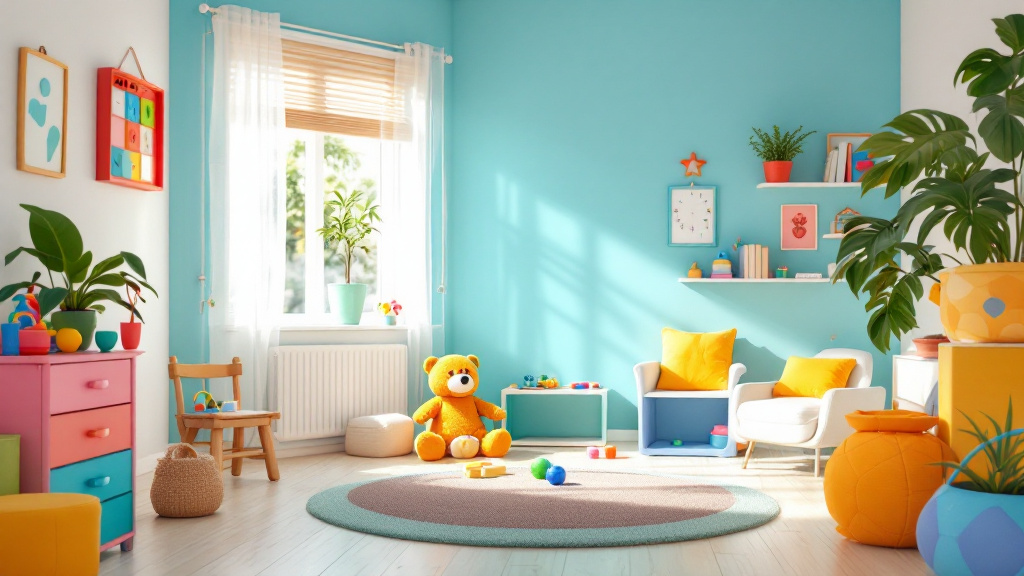
The Benefits of Group ABA Therapy for Social Skill Development
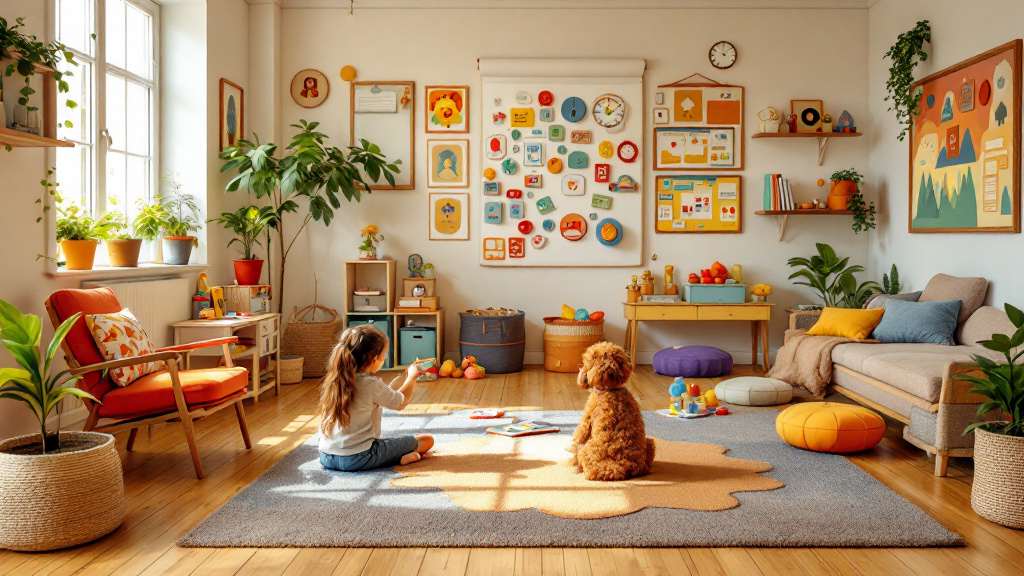
How to Encourage Positive Social Interactions with ABA Strategies
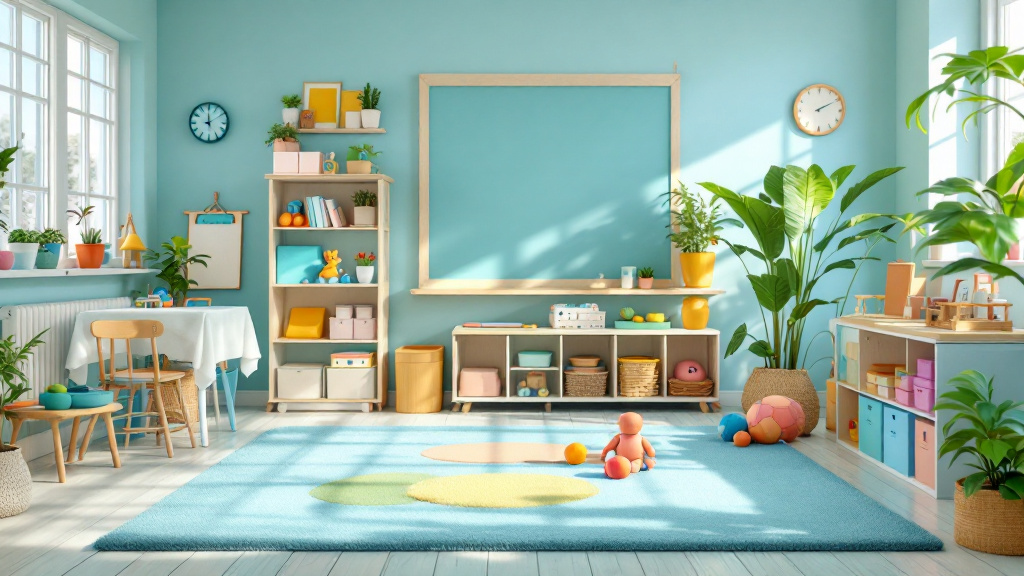
How to Introduce New Skills in ABA Therapy Without Overwhelming Your Child

The Benefits of Combining ABA Therapy with Other Interventions
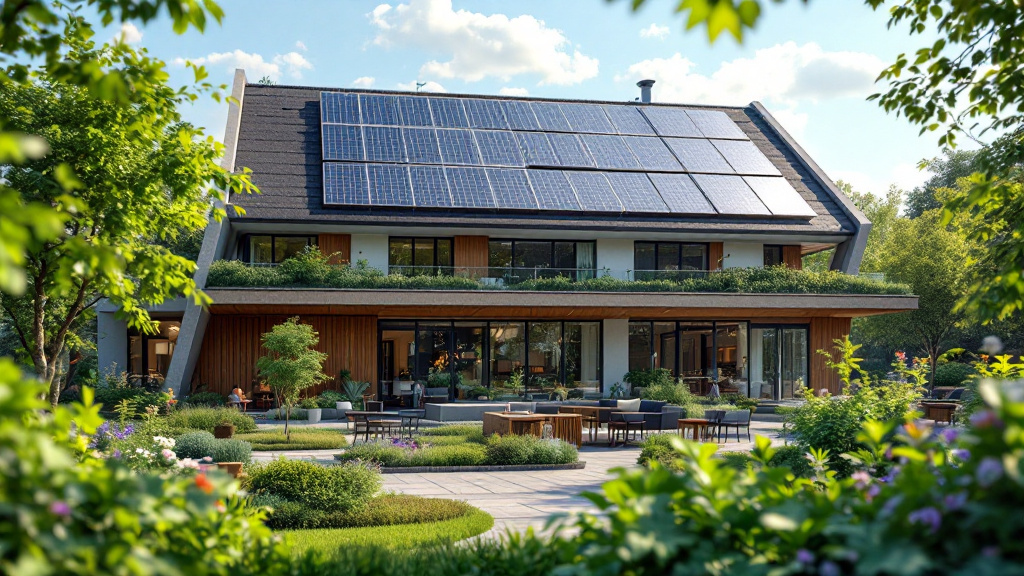
Solar Power for Autism Support Networks

How to Address Hyperactivity with ABA Therapy

Common Misconceptions About ABA Therapy
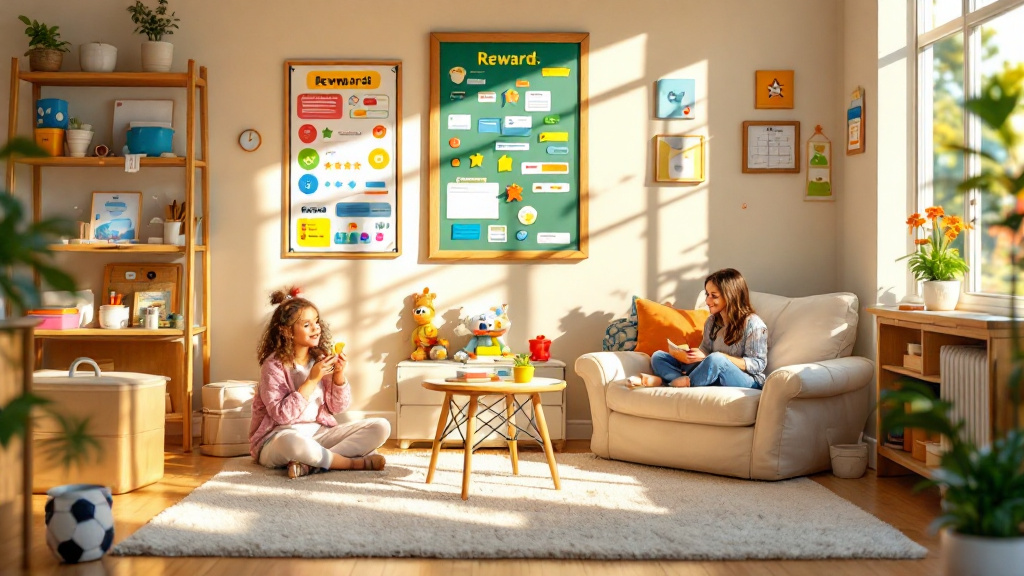
Understanding the Principles of Positive Reinforcement

Understanding the Principles of Positive Reinforcement

Understanding the Principles of Positive Reinforcement

How ABA Therapy Supports Transitions Between Activities

Understanding the Principles of Positive Reinforcement
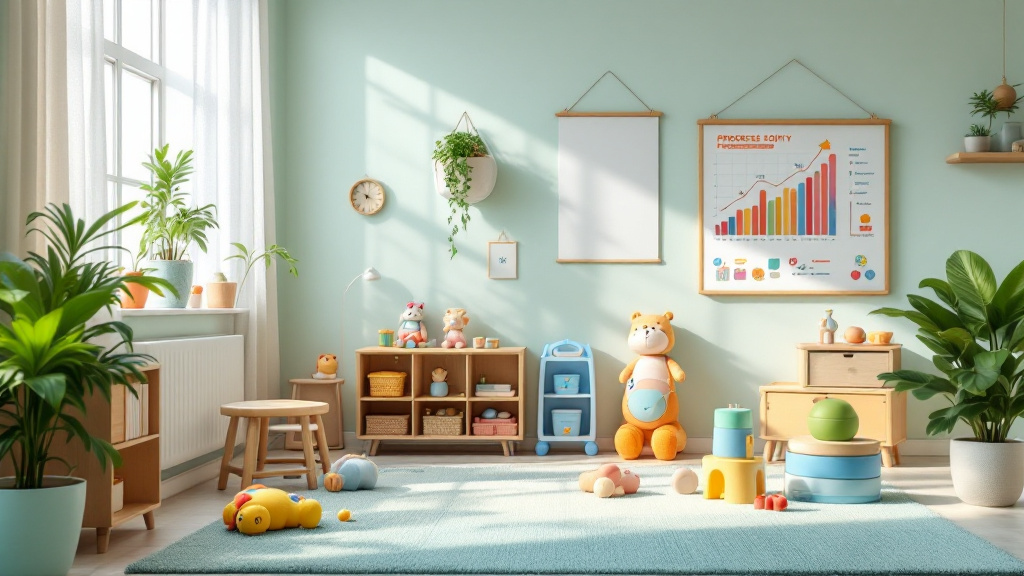
How to Identify and Celebrate Small Successes in ABA Therapy Progress

Understanding the Principles of Positive Reinforcement

How to Introduce Visual Schedules for Better Behavior Management

How ABA Therapy Can Reduce Self-Injurious Behaviors
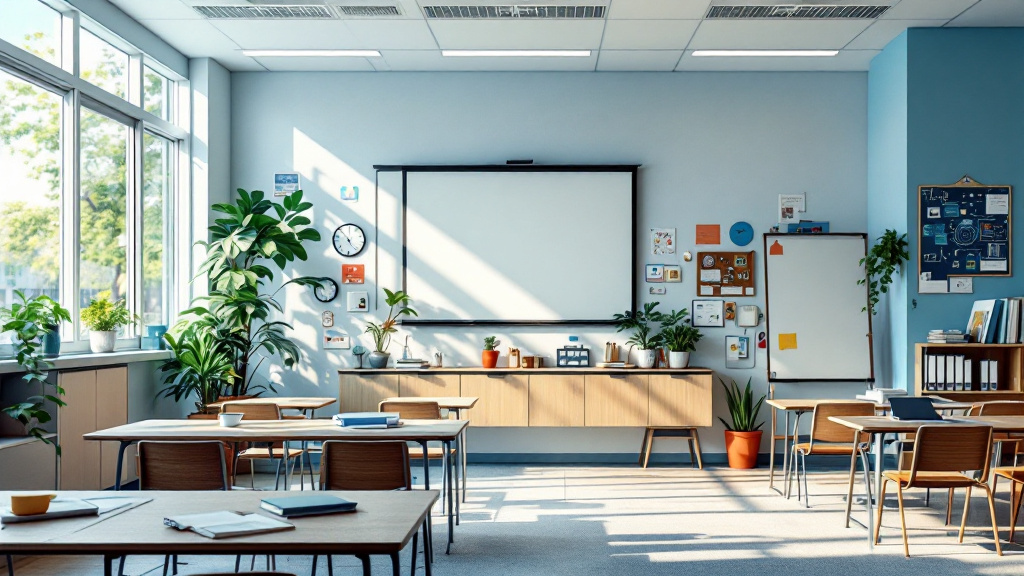
How ABA Therapy Supports Academic Success

The Importance of Early Signs Recognition and ABA Intervention
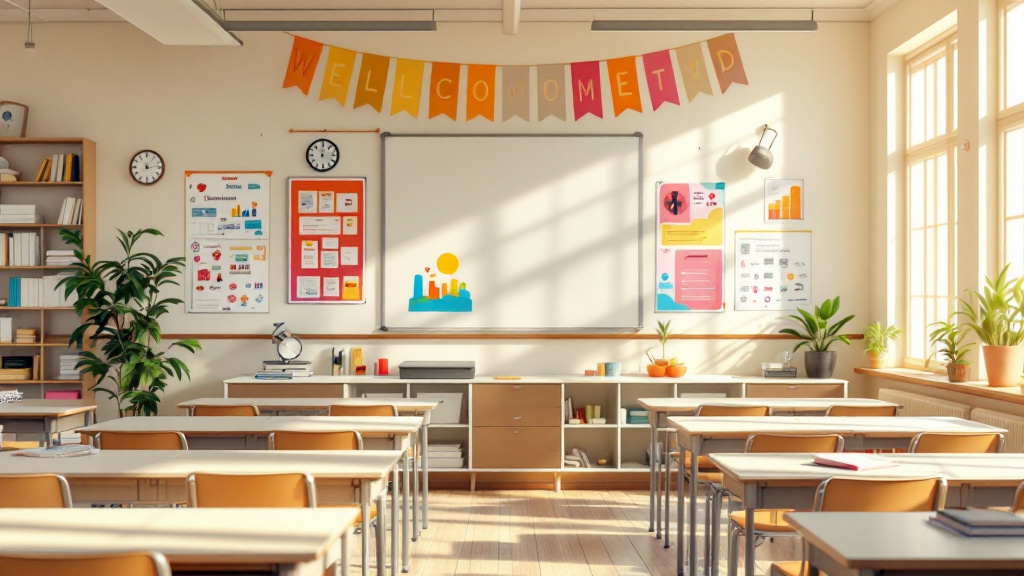
How ABA Therapy Helps Improve Comprehension and Listening Skills
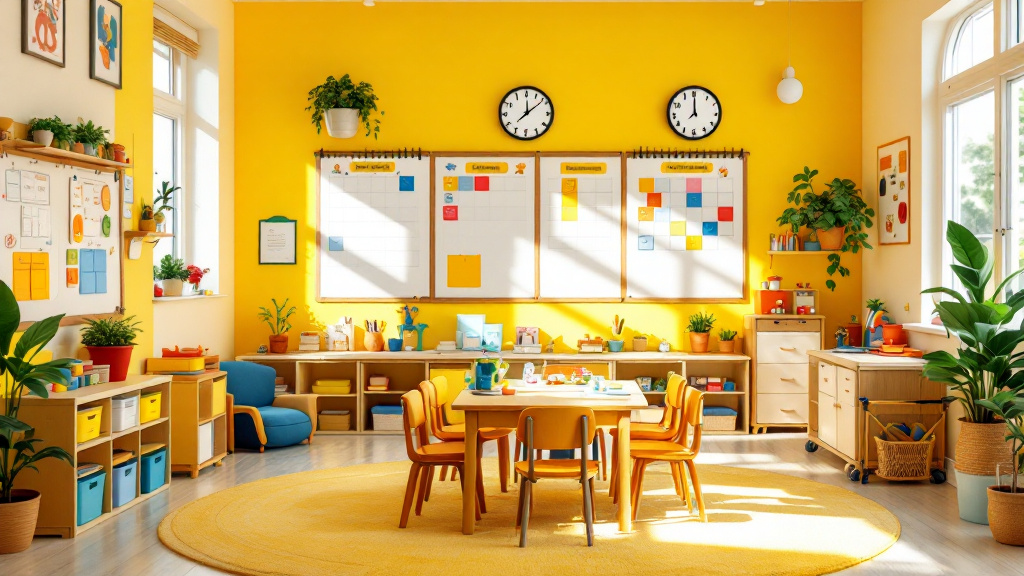
How to Use Visual Schedules to Support Your Child’s ABA Goals

How ABA Therapy Supports Self-Help Skills Like Dressing and Eating
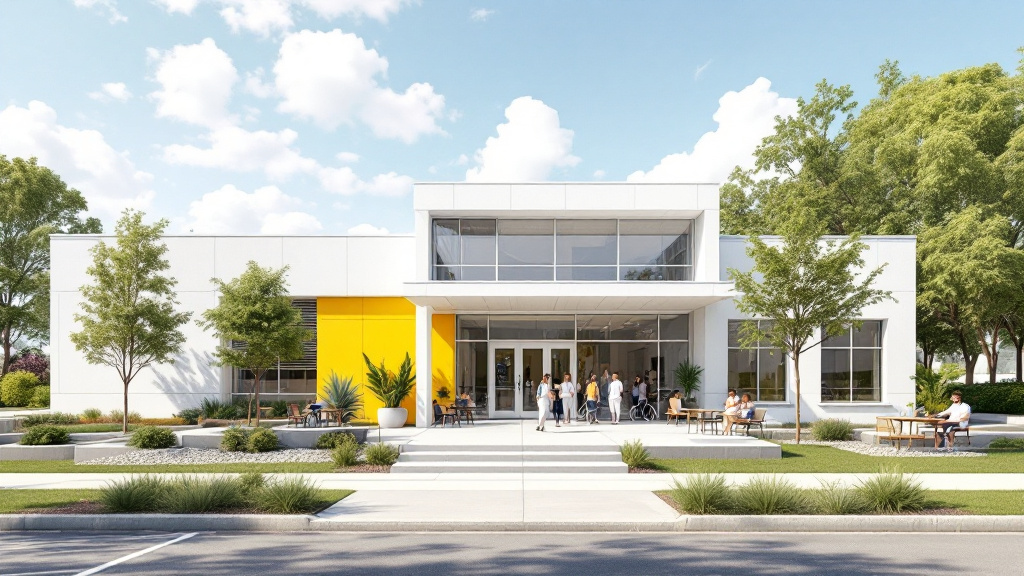
How ABA Therapy Supports Behavioral Success in Community Settings
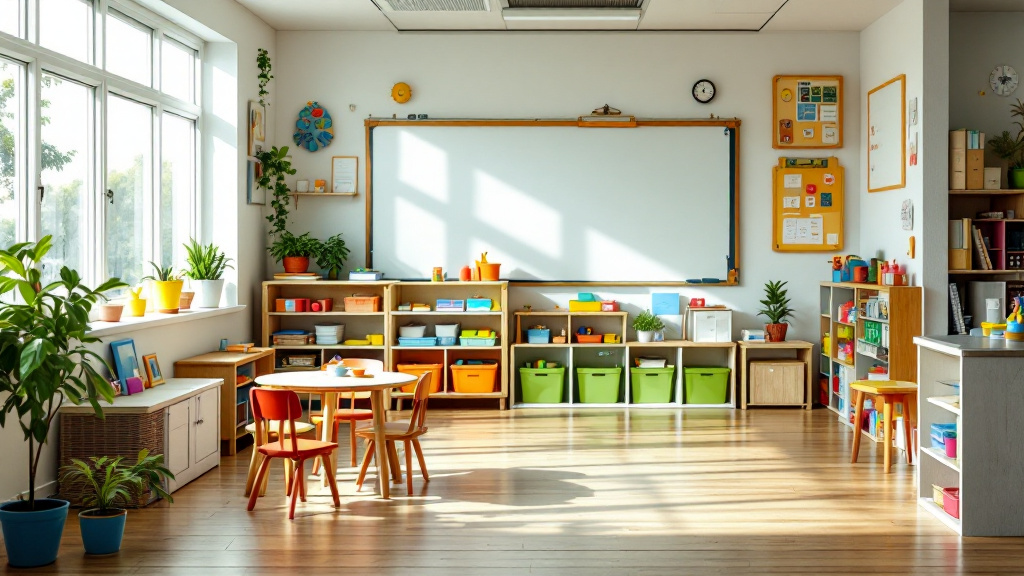
How ABA Therapy Helps Build Independence in Daily Activities

Building Social Skills Through ABA Therapy Techniques

The Role of School-Based Behavior Intervention Plans (BIPs)
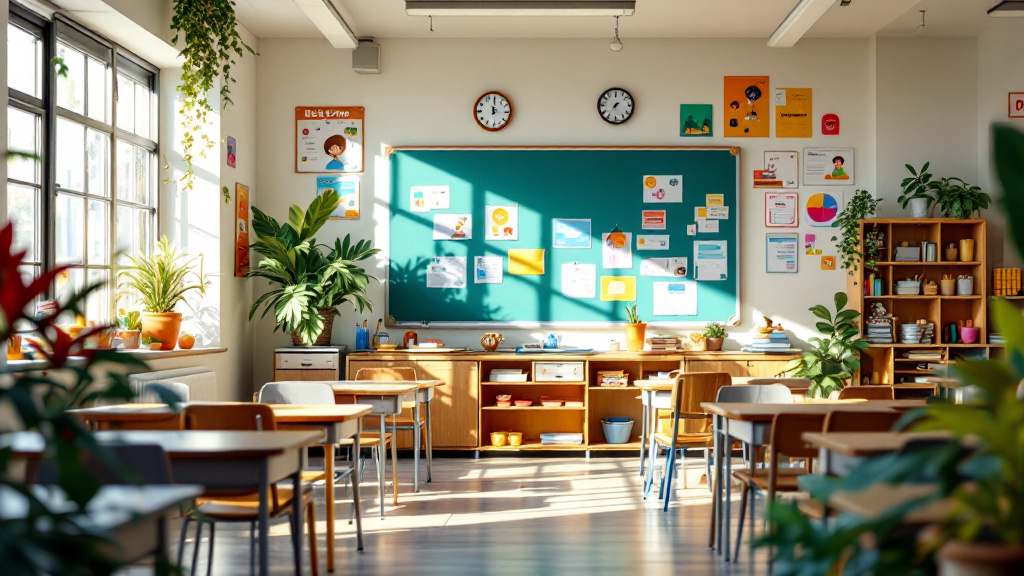
The Benefits of Scripting and Role-Playing in ABA Therapy

How to Help Your Child Develop Coping Strategies with ABA Therapy

How to Address Hyperactivity and Attention Challenges with ABA Therapy

How to Help Your Child Develop Coping Strategies with ABA Therapy

How ABA Therapy Addresses Challenging Behaviors

The Importance of Social Skill Groups in ABA Therapy

How ABA Therapy Addresses Challenging Behaviors
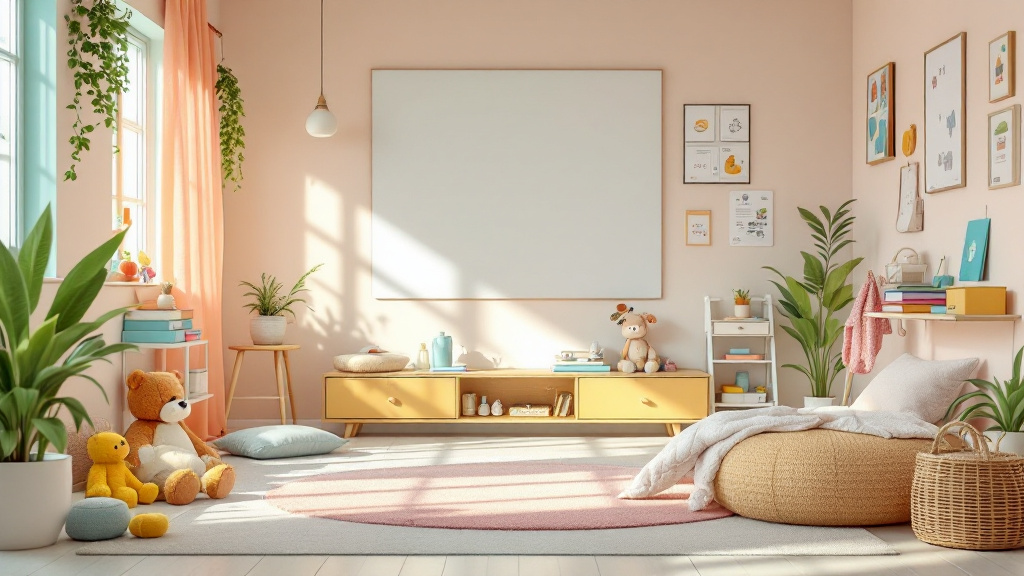
The Role of Task Analysis in ABA Therapy for Teaching New Skills
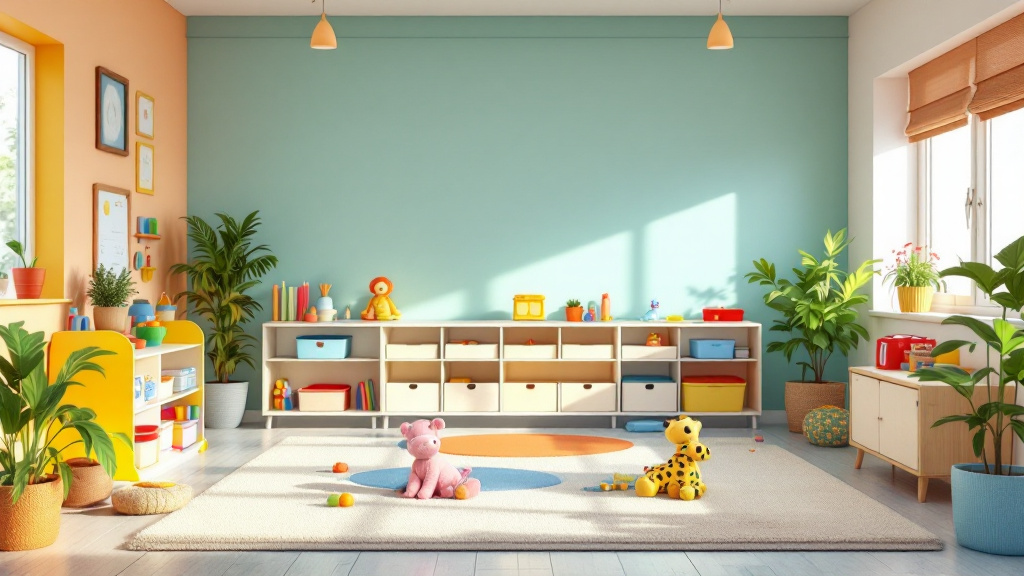
How ABA Therapy Helps Improve Focus and Attention in the Classroom
%2520(1).jpeg)
Assessment Tools For People With Autism

Autism And Chronic Pain

How to Use Social Stories to Enhance ABA Therapy Outcomes

How ABA Therapy Helps Prepare Children for School Success
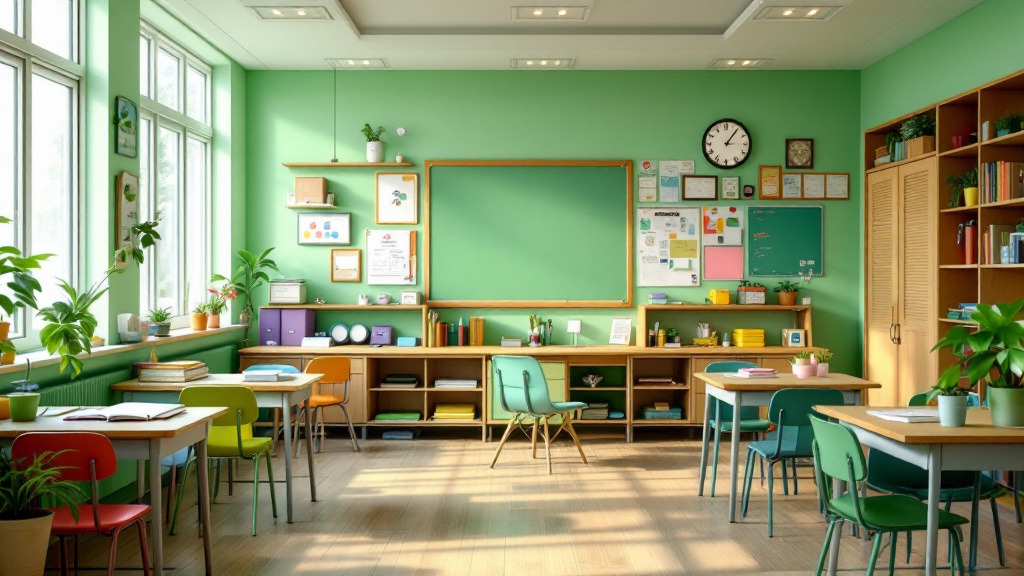
How School-Based ABA Therapy Can Improve Academic Performance
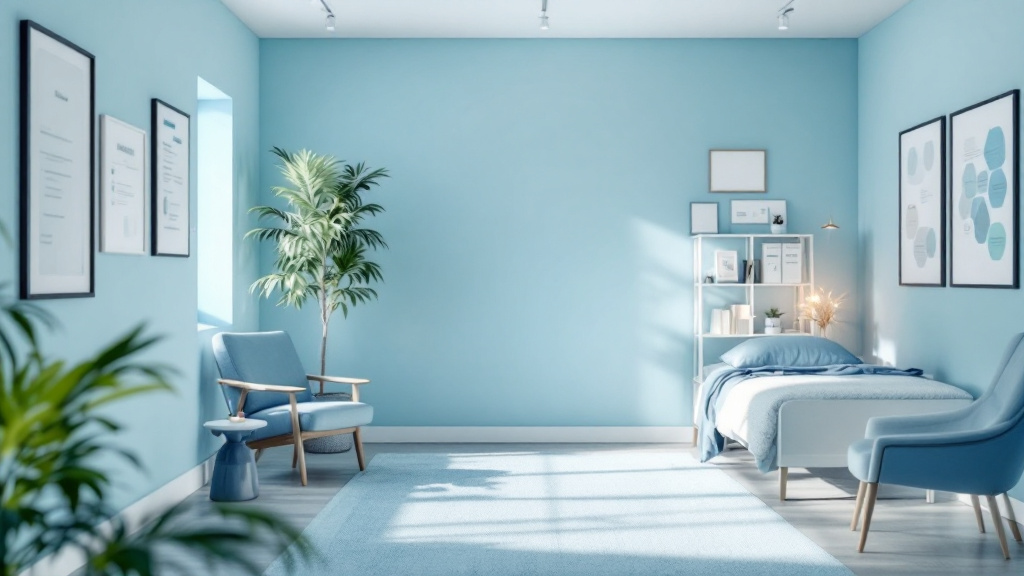
How to Address Resistance to ABA Therapy and Build Engagement

How to Use ABA Therapy to Develop Self-Help Skills in Daily Routines
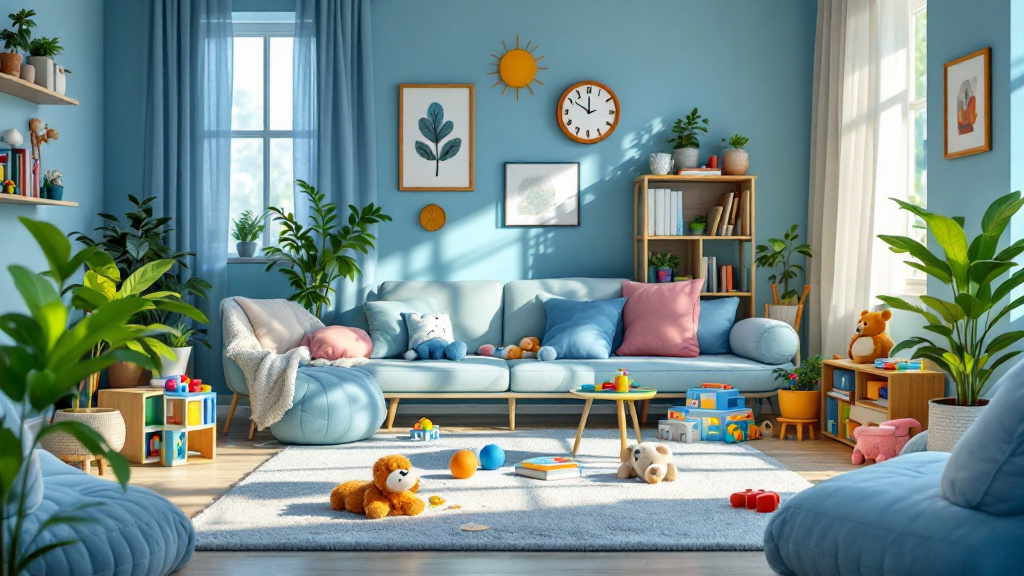
How to Use Role-Playing in ABA Therapy for Skill Development

How to Handle Regression in Skills During ABA Therapy

How ABA Therapy Supports Social Communication Development

How to Find the Best ABA Therapy Provider for Your Child

How to Create a Reward System That Motivates Your Child in ABA Therapy
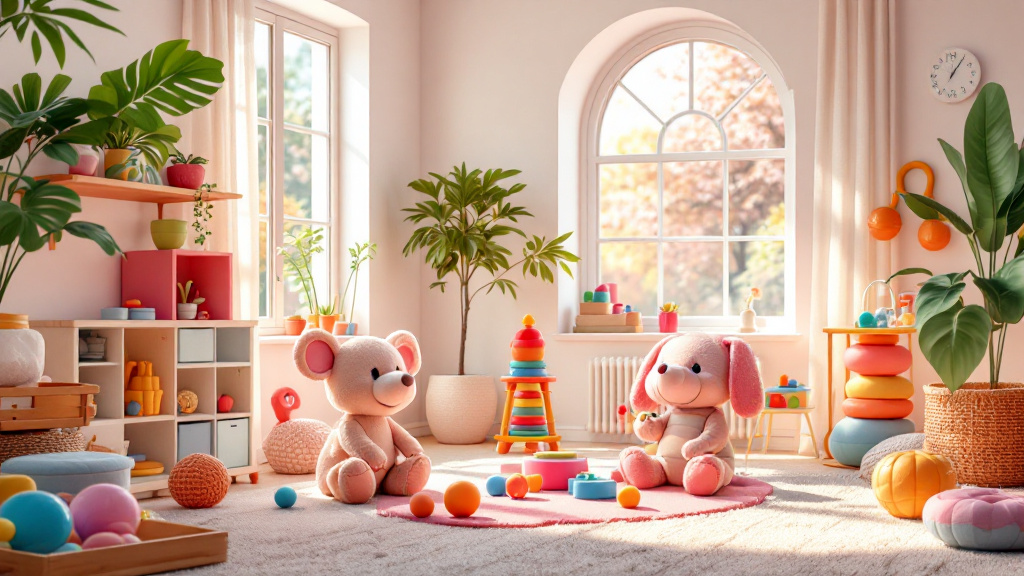
The Role of ABA Therapy in Preparing Children for Independent Living

How ABA Therapy Teaches Communication and Social Skills
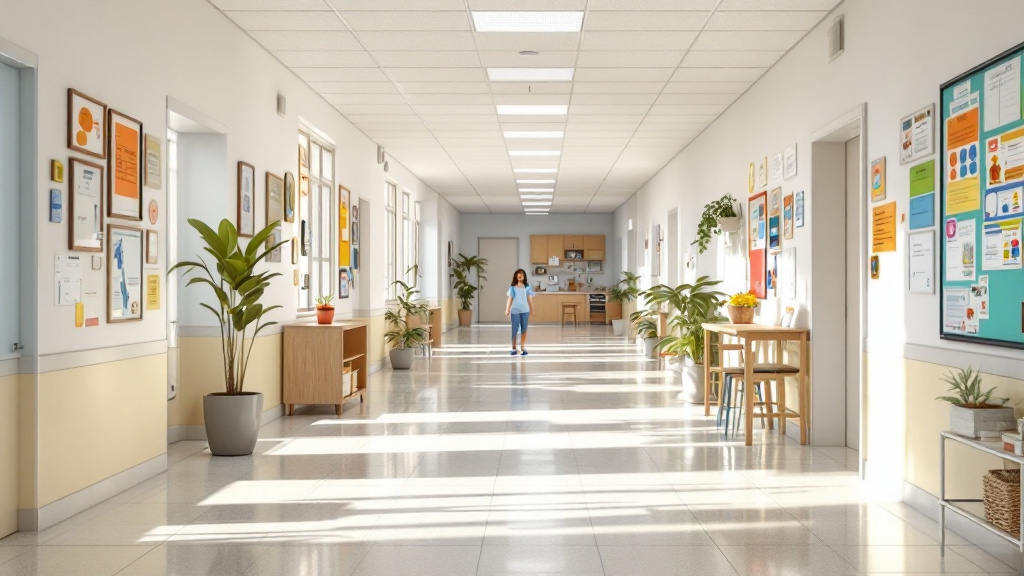
How School-Based ABA Services Help Students with Autism Thrive
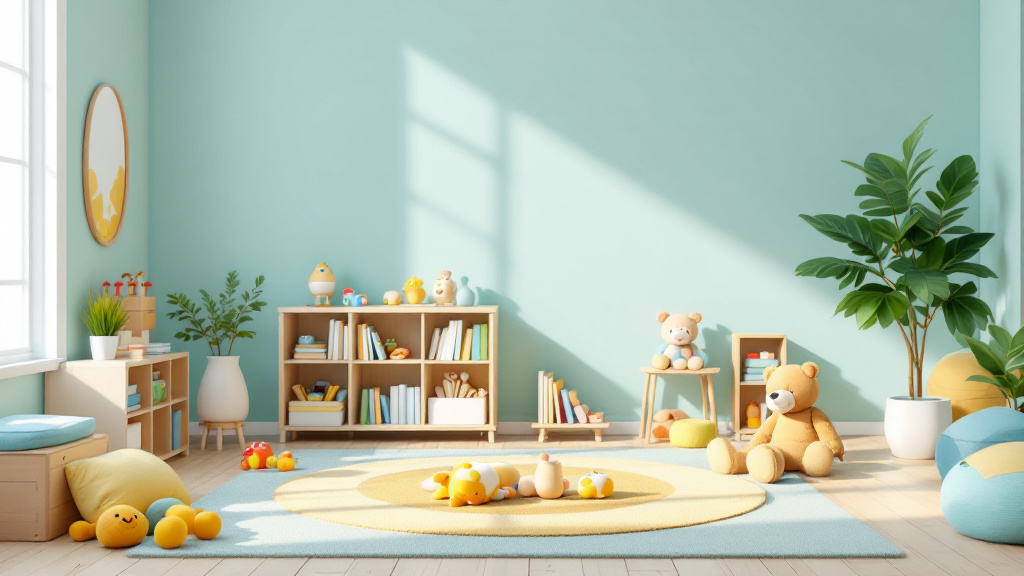
How ABA Therapy Helps Develop Patience and Waiting Skills

How to Support Your Child’s Social Interactions Using ABA Techniques
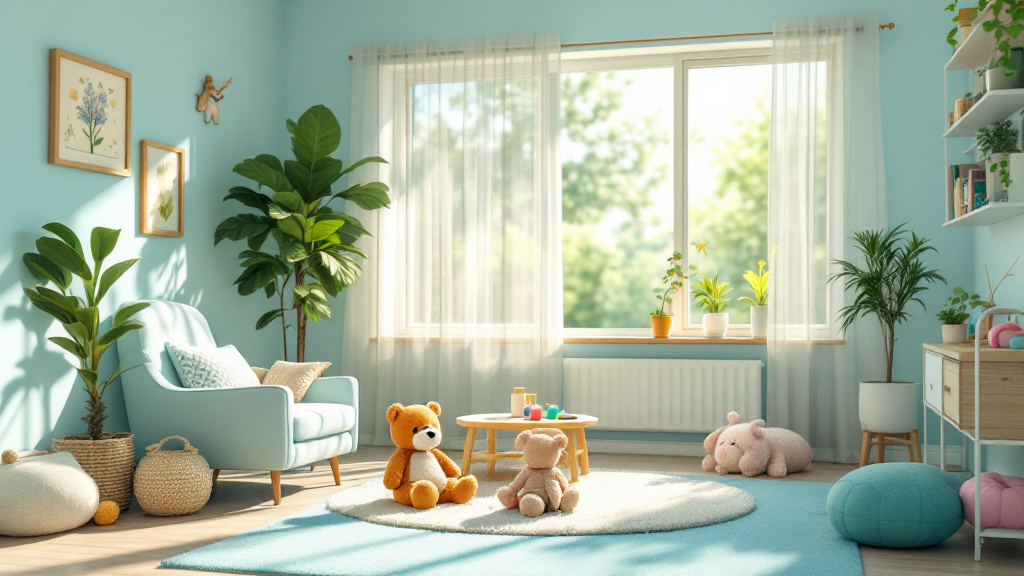
How ABA Therapy Addresses Anxiety and Fear Responses in Children
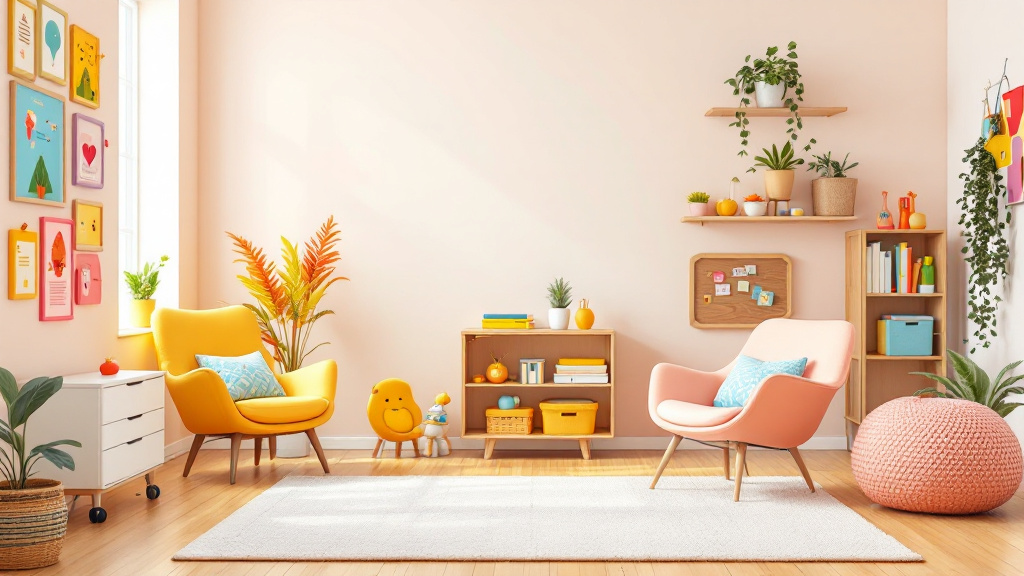
The Role of Play-Based ABA Therapy in Skill Development

How ABA Therapy Helps Build Confidence in Children with Autism

The Benefits of Center-Based ABA Therapy for School Readiness
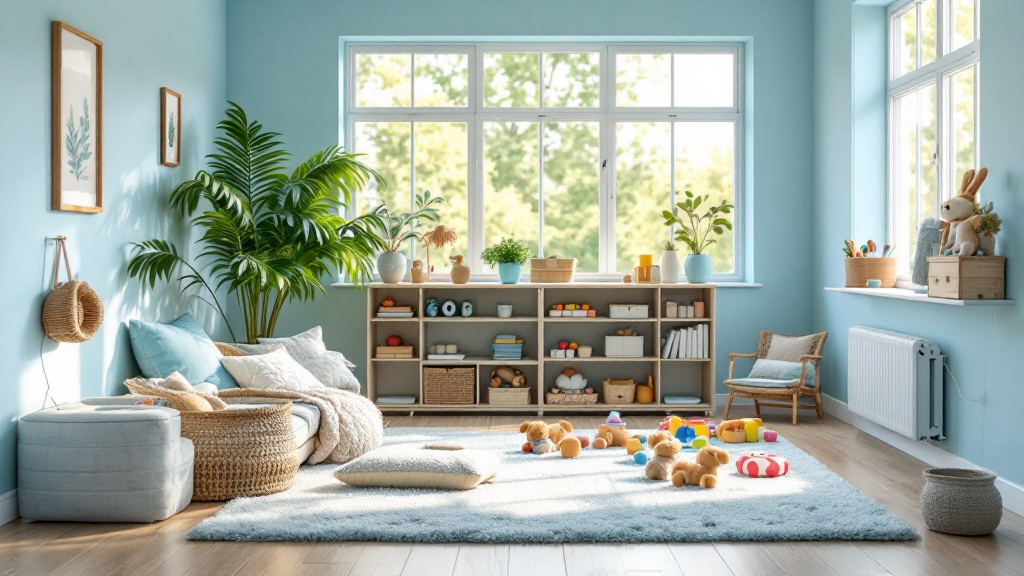
The Role of ABA Therapy in Building Emotional Intelligence

How to Use Differential Reinforcement in ABA Therapy

Exploring Different ABA Techniques and Strategies

How to Prepare for IEP Meetings When Seeking ABA Therapy Support

How to Use ABA Therapy to Develop Resilience and Coping Mechanisms

How to Work with ABA Therapists to Set Realistic and Achievable Goals

How to Recognize Burnout in ABA Providers and Address It
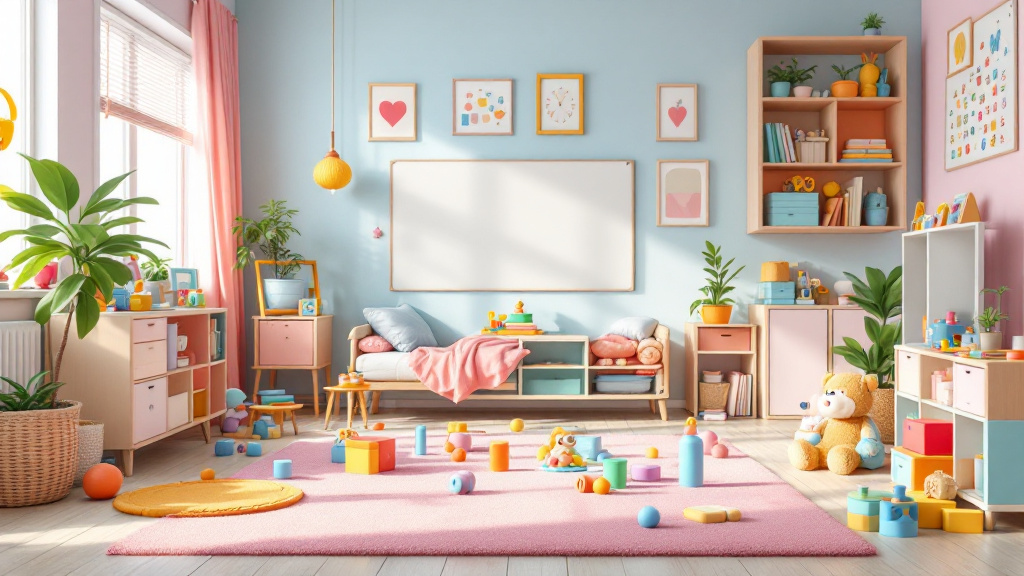
The Connection Between ABA Therapy and Improved Social Skills

How ABA Therapy Helps Address Aggressive Behaviors
.jpeg)
Does Processed Food Cause Autism?

The Benefits of ABA Therapy for Adolescents with Autism

How to Reinforce ABA Strategies at Home for Consistent Progress

How to Create a Positive Learning Environment at Home with ABA

Autism And Dementia: The Connection and Differences
Contact us
North Carolina, Tennessee, Nevada, New Jersey, Utah, Virginia
New Hampshire, Maine
Massachusetts, Indiana, Arizona, Georgia
.avif)


